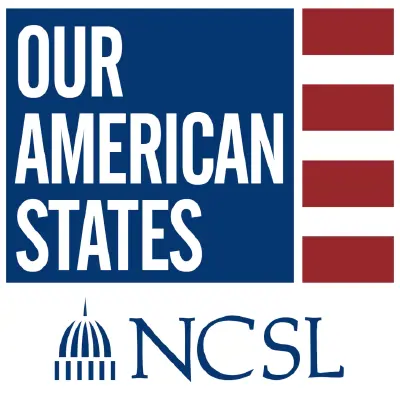Medicaid is a program jointly funded by the federal and state governments. It provides health care coverage to nearly 80 million people, primarily those with low incomes, people who are living with disabilities or are in long-term care.
On this episode we discussed the nuts and bolts of how Medicaid is financed and how states are handling some new challenges in the post-pandemic world. The pandemic affected both who Medicaid covered and the share paid by the federal and state governments.
In the first segment, NCSL’s Kathryn Costanza was joined by Akeiisa Coleman from the Commonwealth Fund to break down the details of how the program is funded, including how the federal-state share is determined for each state. They also discussed the key drivers of cost in the Medicaid system.
On the second segment, guests Neda Jasemi from the National Association of Medicaid Directors, and Robin Rudowitz from KFF talk about what they are hearing from Medicaid officials around the country. They discussed how the post-COVID unwinding of patients who had remained on the rolls during the pandemic had significant effects on the program. They also discussed steps states are taking to try to ensure access for Medicaid patients and how states are preparing for any changes in the program at the federal level.
Resources
Commonwealth Fund/MedicaidHealth Costs, Coverage and Delivery State Legislation Database, NCSLHow We Pay for MedicaidKFF/Medicaid“Medicaid Financing 101,” NCSL“Medicaid Toolkit,” NCSLNational Association of Medicaid Directors“Results from an Annual Medicaid Budget Survey for State Fiscal Years 2024 and 2025,” KFF“State Legislatures Address Medicaid Coverage and Payments in the 2024 Legislative Session,” NCSL“State Tax Actions: 2024,” NCSL“Top five Medicaid budget pressures for fiscal year 2025,” NAMD